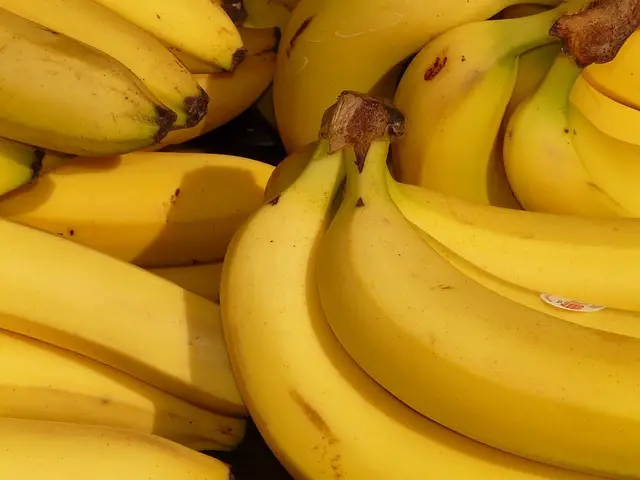When you go to the supermarket, and more specifically the produce aisle, the bananas you’ll most commonly see bunched together are all the same. Yes, they look the same, but they are, in fact, clones and genetically identical. They are all descended from one single banana plant.
The type of banana you’ll see is the Cavendish variety and by far the most common. Although there are over 1,000 varieties of banana, the Cavendish makes up almost the entire global export market. But why are they all genetically identical? It’s because a new banana plant has to be cultivated from an existing banana root, so the bananas that we buy and eat are sterile and cannot produce a banana plant. It’s also because the Cavendish came from a single banana plant cultivated in a hothouse in England in the 1800s.
That banana plant was grown in 1830 by head gardener Joseph Paxton at the Chatsworth House in Derbyshire Dales, England. It was the home of the Duke and Duchess of Devonshire. The plant had been imported from Mauritius, and it took Paxton five years to get the plant to flower. By May 1836, it was filled with over 100 bananas. The banana plant variety was named Cavendish, after the family name of the Duke and Duchess of Devonshire.
A few years passed before a supply of the plants was given to a missionary who took them to Samoa. Only one single plant survived the journey, but it was enough to start a banana industry there. Other missionaries took the variety to the Canary Islands as well as to other islands in the Pacific.
But the Cavendish hasn’t always been the most widely consumed banana around the world. Until the 1950s, the banana of choice was the Gros Michel. But the Gros Michel variety was completely wiped out because of a fungus called fusarium oxysporum, which caused a disease that affected the roots of the banana plant called the Panama disease. The Gros Michel was also all clones, and the fungus spread quickly from plantation to plantation until it could no longer be cultivated successfully.
The Cavendish variety of bananas was used to replace the Gros Michel since, at the time, it was resistant to the fungus. But there is another strain of the Panama disease caused by a fungus called black sigatoka that is considered more deadly than the fungus that overtook the Gros Michel. The Cavendish has already been shown to be susceptible to this strain, which could send it toward the same fate as the Gros Michel.
What about these many other varieties of bananas around the world? Why aren’t they harvested and sold in greater quantities? The fruit of wild bananas has black seeds that don’t taste good and lack fruit on the inside. Edible varieties have been domesticated without seeds and taste better. This, however, has made these varieties, such as the Cavendish and Gros Michel, susceptible to disease because they are all the same.
Domesticated bananas, such as the Cavendish, are propagated from pups (offshoots that grow from the base of the banana plant) that are taken from the parent plant and then planted to produce a new plant. There are no seeds in these bananas. Wild bananas, on the other hand, propagate by seed. There is nothing in the works at the moment that could replace the Cavendish banana, and the photo below demonstrates why it would be difficult to replace it with a wild variety of bananas.

Sources: BBC, Royal Botanic Gardens, Wired, Gardening Know How


